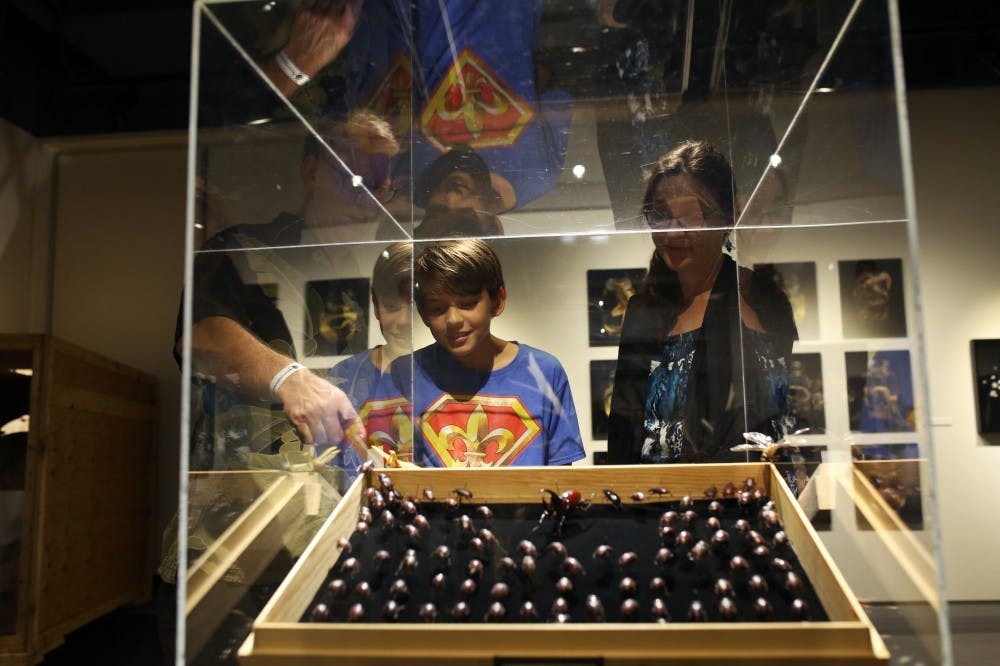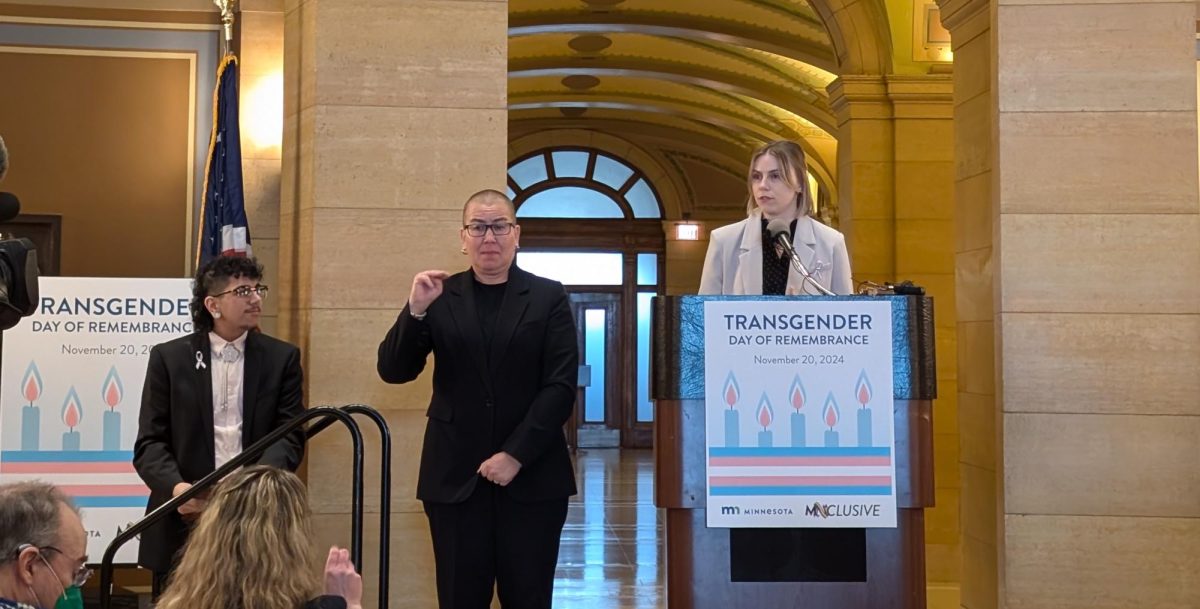The Bell Museum is using a University of Minnesota micro-grant to increase support for visitors with autism and other sensory challenges.
With funds from the Campus Climate Micro-Grant program,the Bell Museum will establish stations with sensory kits across the museum to improve access to exhibits and programs for visitors who are affected by overwhelming environments. The kits will include items such as weighted blankets, fidget toys, timers and sound-dampening headphones.
The numbers show a need to prioritize this project, said Heather Cummins, the gallery programs coordinator at the Bell Museum. The museum expects to see approximately 5,500 visitors a year who are on the autism spectrum, she said. This number does not account for visitors with other kinds of sensory challenges.
“We want to make sure that as many people as possible are experiencing those spaces comfortably,” Cummins said.
Nationally, about one in 59 children is on the autism spectrum, according to the Centers for Disease Control and Prevention. In Ramsey and Hennepin counties, it is one in 42, the Autism Society of Minnesota reports.
Though the museum currently carries some of the items for check out solely at the front desk, creating designated locations for sensory kits would decentralize resources and increase access for visitors.
“You never know when somebody might be triggered or feel uncomfortable,” said Elisabeth DeGrenier, a University graduate student and intern at the Bell Museum. “So, it really makes sense to have these types of resources available throughout the museum for people to use and access.”
Every third Saturday of the month for the past few years, the Bell Museum hosts Sensory Friendly Saturdays, a program catered to children who have sensory sensitivities.
From 8 a.m. to 10 a.m., sensory input at the museum is reduced. Lighting is brought to daylight level and sounds are lowered in some areas. Where they are not, signage indicates the spaces with variable lighting and sounds.
The program creates a judgement-free space for children with sensory challenges, said Robyn DeCourcy, an education specialist at the Autism Society of Minnesota. DeCourcy has helped institutions like the Walker Art Center and the Guthrie Theater develop similar programming.
“You can come and enjoy the art however you want,” she said. “If that looks like you jumping up and down for an hour in front of a piece or lying on the floor, that’s fine, and it’s very normalized.”
Though this program helps children manage the challenges, it should not be the only route to accessibility, Cummins said.
“We don’t want anyone to feel like that’s their only option. As best we can, we want to provide the resources and support on site anytime for people to feel more comfortable coming –whether it’s a Sensory Friendly Saturday event or otherwise,” she said.
The Bell Museum aims to set up the sensory kit stations by this summer.








